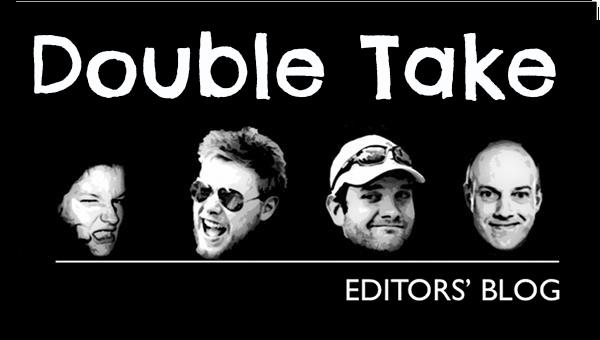 March is an odd sort of month in the world of cinema. It’s that weird time squeezed between the season of stately awards contenders released in January and February, and the ‘silly season’ of summer blockbusters which arrives at the end of April. The Easter holidays, bringing with them the traditional glut of kids’ animations, are still to come. So it tends to be a bit of a dumping ground: distributors wanting to clear their shelves of films that are unlikely to gain significant critical traction or public attention, in readiness for the next round of acquisitions which the Cannes Film Festival traditionally kicks off in May.
March is an odd sort of month in the world of cinema. It’s that weird time squeezed between the season of stately awards contenders released in January and February, and the ‘silly season’ of summer blockbusters which arrives at the end of April. The Easter holidays, bringing with them the traditional glut of kids’ animations, are still to come. So it tends to be a bit of a dumping ground: distributors wanting to clear their shelves of films that are unlikely to gain significant critical traction or public attention, in readiness for the next round of acquisitions which the Cannes Film Festival traditionally kicks off in May.
Naturally there’s plenty of dross clogging up screens as a result, but in some ways it’s quite an interesting time. Shorn of massive marketing campaigns or Oscar glamour, March releases tend to fight it out on a level playing field. There’s the odd exception of course – OZ THE GREAT AND POWERFUL has been raking it in – but in general, arthouse and mainstream releases rub shoulders in a way they rarely do during summer or winter. The difference between them narrows greatly, and if there are fewer “must-sees” (for want of a better term), then the mixture is at least richer than usual.
httpvh://youtu.be/amWEDDNoSh4
Case in point: two films out this month which both star Nicole Kidman. Both are set in the American Deep South. Both are visually arresting and absorbing in their own ways. STOKER has a Korean director and no other big name stars, while THE PAPERBOY comes from Oscar-nominated Lee Daniels and co-stars Zac ‘HIGH SCHOOL MUSICAL’ Efron, Matthew McConaughey and John Cusack. Defying expectations (at least for me), the former ended up showing at my local Cineworld and the latter at the Cambridge Picturehouse; yet both chains showed both films somewhere around the country. Such is the weird and wonderful world of film distribution.
…labelling a film as either an ‘arthouse’ or ‘multiplex’ film seems nonsensical…
Surely the labels ‘arthouse’ and ‘mainstream’ begin to lose meaning at this point? At the best of times this division between so-called “highbrow” and “lowbrow” movies is questionable. Creating barriers between films in this way does nothing to help broaden a movie’s potential reach. Films are films, at the risk of stating the obvious; some are good and some aren’t. Where they come from does not define their quality.
httpvh://youtu.be/brjtL-2kE9A
In reality the only difference between the two is the environment in which they are seen. This is down to a matter of personal taste of course, and choice has to be a good thing if cinemas are to continue to survive in the digital age. The multiplex and the arthouse are two different environments and appeal to different people, but this should not necessarily dictate the choice of films on offer. Simple economics are to blame, I suppose, and I’m not so foolish as to try to reinvent the existing business model. But labelling a film as either an ‘arthouse’ or ‘multiplex’ film seems nonsensical, because regulars at either sort of establishment are bound to enjoy at least some films from the other side of the wall.
So here’s to March and its temporary armistice between the two great cinematic superpowers. Maybe one day we’ll be able to watch any film we want in the cinema of our choosing, but until then I shall have to continue smuggling between the two like some Cold War double agent crossing the Iron Curtain. Viva la revolution indeed.

